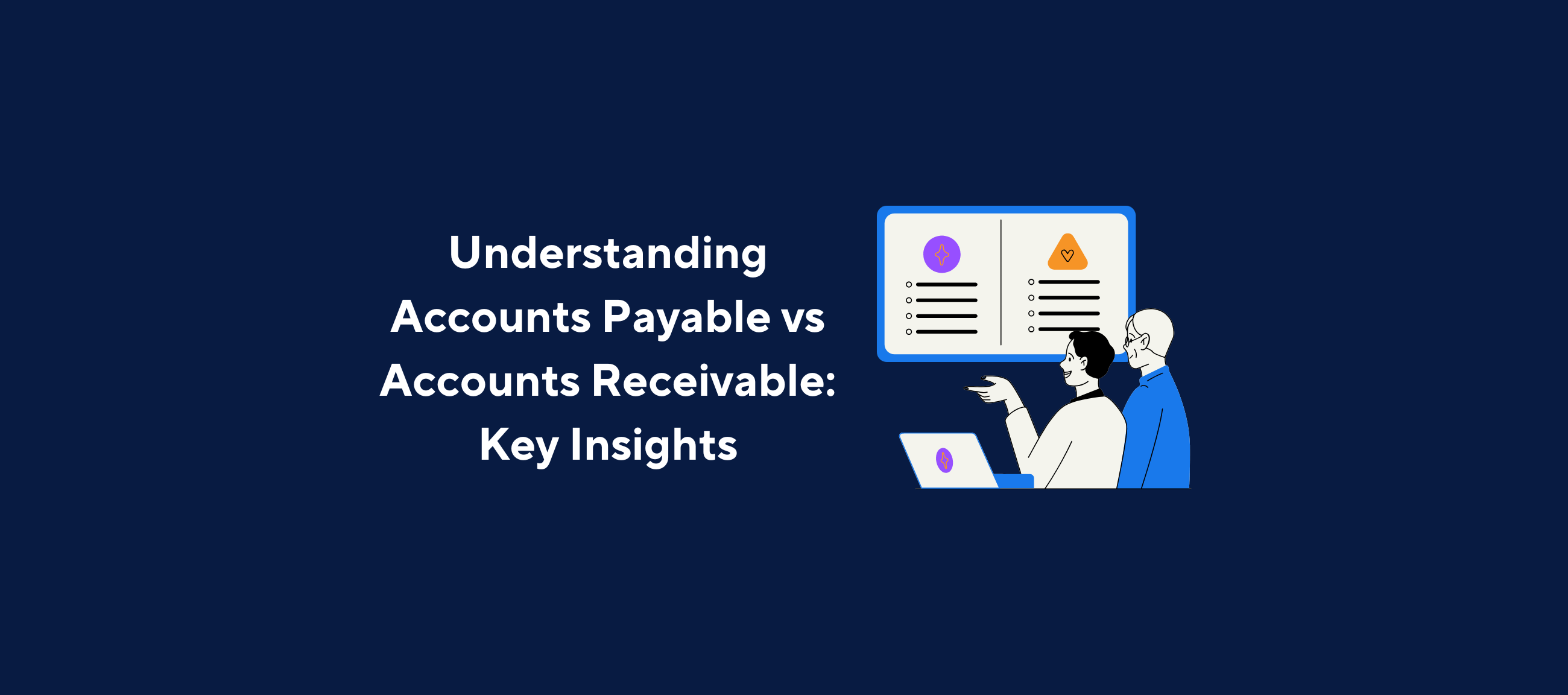A credit sale is a transaction in which a customer purchases goods but defers payment to a later date—for instance, by using a credit card. Before the exchange of goods, the credit terms are clearly defined, outlining when the total amount is due and the method of payment. Often, credit sales may involve an initial down payment where the customer pays a portion upfront, with the remainder settled at a later, agreed-upon time.
In This Article
- Definition of a Credit Sale
- When do Businesses Use Credit Sales?
- The Benefits and Disadvantages of Credit Sales
- How to Calculate Credit Sales?
- How Do You Manage Credit Risk When Offering a Credit Sale?
- 4 Actionable Steps for Managing Customer Credit Risk When Accepting a Credit Sale
- Adapting Your General Terms and Conditions of Sale (GTCS)
- Conclusion
When Do Businesses Use Credit Sales?
In the modern marketplace, businesses ranging from small startups to large corporations might opt for credit sales as a viable payment alternative to cash sales. This method allows customers to manage repayment in installments, thus enabling them to distribute their expenses over time and better manage their financial resources.
Additionally, credit sales are commonly used for large transactions. When substantial amounts are due for goods or services, it’s often more feasible to facilitate staggered payments rather than requiring the total amount upfront. This approach can make large purchases more accessible and financially manageable for customers.
The Benefits and Disadvantages of Credit Sales
Pros
One of the main benefits of credit sales is access to a broader market. When a business offers the opportunity to buy on credit, it attracts a wider range of new customers, including those who may not have the funds to make an immediate purchase. It can increase sales volume, enabling the business to grow more quickly and giving you an advantage over competitors who cannot offer this arrangement.
Retailers have started indulging in credit sales, thanks to merchant credit, and have already reaped the benefits of their work. According to McKinsey, in the U.S., PayPal’s BillMeLater service enables online merchants of all kinds to offer consumers financing, increasing e-commerce sites’ sales by 20 percent.
Credit sales can also help businesses finance their day-to-day operations, particularly during specific busy periods (for example, a retailer during the festive season). It is also beneficial for new businesses or start-ups that do not have access to bank loans or sufficient fundraising.
In addition, credit sales can be a valuable tool for building and strengthening customer relationships. Offering flexible payment terms demonstrates trust and respect for the customer’s needs, encourages loyalty, and promotes future business.
Credit sales can be an essential source of financing for your customer. These loans are recorded as ‘accounts receivable’ on your customer’s balance sheet: they are part of the company’s working capital and directly impact its cash flow.
Cons
Of course, there are also potential drawbacks to offering credit sales. Granting credit sales exposes you to a higher risk of bad debts than requiring immediate payment. When a company sells on credit, it forgoes part of its cash flow until the customer pays. This can create liquidity problems and prevent the business from investing or carrying out its day-to-day activities. Your cash flow may be compromised based on net payment terms, and late fees may reduce your working capital.
Your accounts receivable will also be more complex, requiring greater diligence from your bookkeeping team. In addition, on paper, credit sales might look like free money to the customer. Even if failure to meet payment deadlines can result in significant penalties and damage the customer’s reputation and relationship with the supplier, starting a collection process will take time and effort. Credit sales require substantial internal resources to manage if complications arise.
Last but not least, selling on credit exposes a business to the risk of insolvency. It is always possible that a customer will delay or not make payment to a creditor at all for various reasons, such as financial difficulties or the company going bankrupt.
How to Calculate Credit Sales?
Calculating credit sales is essential for maintaining accurate financial records and managing cash flow effectively. Here’s a step-by-step guide to understanding and calculating your business’s credit sales:
Step 1: Identify Credit Transactions
Start by identifying all the types of sales made on credit during a specific accounting period. These are transactions where goods or services have been delivered, but payment has not been received at the time of purchase.
Step 2: Record Initial Sales Amounts
For each credit sale, record the total amount billed to the customer. This includes any taxes, shipping fees, or additional charges included in the sale.
Step 3: Adjust for Returns and Allowances
Subtract any sales returns and sales allowances from your total credit sales. Returns are transactions where the customer has returned the goods for a refund, and allowances are reductions in price given for minor defects or issues with the sold goods.
Step 4: Calculate Net Credit Sales
The formula for net credit sales is straightforward:
Net Credit Sales = Total Credit Sales – (Sales Returns + Sales Allowances)
This calculation gives you the net credit sales, which is the actual amount of revenue expected to be received from credit transactions after adjustments for returns and allowances.
Step 5: Documentation and Analysis
Ensure all credit sales and adjustments are well-documented in your financial records. Analyzing these figures can help you understand the credit sales trends, assess customer payment behavior, and refine your credit policies if necessary.
By regularly calculating and reviewing your credit sales, you can gain valuable insights into your business’s financial health and make informed decisions about credit management strategies.
How Do You Manage Credit Risk When Offering a Credit Sale?
A credit sale is nothing more and nothing less than cash to be collected. When a receivable becomes unpaid, the company records a provision in a specific debt account. The company can cope if the debt amount remains reasonable. However, if this item increases considerably, the company’s working capital could be affected, leading to bankruptcy. Therefore, you should only offer credit sales if you manage your credit risk.
Credit Risk
In business, credit risk refers to the financial losses that can occur if a debtor cannot repay a debt. It is also the risk incurred if the company cannot repay debts owed to its suppliers. Managing credit risk also means managing the risk of fraud. A company that is the victim of fraud will likely encounter serious financial difficulties, as the amounts embezzled by hackers can run into millions. By avoiding fraud, you avoid taking financial risks and finding yourself in debt with your suppliers.
Credit risk management in business merely involves checking the solvency of third parties (for example, is my customer solvent?) before agreeing on credit sales. However, it is also your responsibility to prevent fraud so that you do not become a customer risk for your suppliers.
It’s no secret that late payments, fraud and other insolvencies can seriously damage a company’s cash flow. A study by Barclays estimates that 3 in 5 businesses experience failures due to late payment. Therefore, businesses should only offer credit sales by relying on serious credit risk management to reduce risks and limit financial losses, particularly by monitoring third parties’ reliability and solvency. It also means conducting regular financial analysis to ensure late payments do not jeopardize your financial position and cash flow.
Defining Credit Terms
Your company’s policy has specific credit terms to indicate when a payment should be made after the conclusion of a credit sale. These terms indicate when a payment is due for credit sales, incentive discounts for customers paying before the due date, and interest and late payment penalties. Stay tuned to learn more about credit sales and how to leverage them to increase your bottom line.
By default, the payment period between professionals is legally set at 30 days from receipt of the goods or performance of the service. However, by agreement between the parties, this period may be extended to a maximum of 60 days from the date of issue of the invoice.
You can indicate different timelines in your credit terms. For example:
Net 30: The customer must pay you within 30 days of the invoice date.
Net 45: The customer must pay within 45 days.
Net 60: The customer must pay within 60 days.
Offering discounts based on these net terms to incentivize customers to pay before the due date of their net term is a fruitful strategy. For example, you could give customers a 5% discount if they pay within ten days of receiving the invoice. This discount would take the following form on the invoice: 5/10 net 30.
You can also encourage customers to pay on time by explaining the interest charges applied to invoices that are not paid by your net terms. Alternatively, you can stipulate that payments not received by net terms will also include debt collection costs. In many countries, such as the European Union, these penalties are legal and benefit from a regulatory framework. You should check the legislation applicable to your contract before setting your payment terms.
4 Actionable Steps for Managing Customer Credit Risk When Accepting a Credit Sale
The whole point of customer credit is to control risk. Here are four tips for granting customer credit while minimizing non-payment risk.
1. Optimize Your Definition of Payment Terms and Credit Limit
This stage occurs during the commercial negotiations, which may arise before or after the customer account is opened. This is where the payment terms are agreed (installments, payment period, means of payment, invoicing schedule, etc.), and any guarantees (bank guarantees, parent company guarantee, delegated payment, documentary credit, etc.).
This is the heart of preventing the risk of non-payment. These conditions must form an integral part of the commercial negotiation and derive from the risk analysis beforehand. The credit management procedure defines the standard conditions, the checks to be carried out before granting them to the customer and the management of any deviations from the rules.
2. Find Out About Your Customers’ Financial Health
The healthier a customer’s financial situation, the less likely they are to fall into arrears. On the other hand, if their accounting and economic situation deteriorates, you will quickly see the repercussions of their receivables not being recovered.
Therefore, before granting any customer credit, you need to study the company’s financial health and limit the receivables ceiling in line with its solvency.
The risk of insolvency of your trade receivables is not limited to new customers but also to old ones. Your customers’ financial results can change overnight in either direction. To help you keep your risks under control, it’s a good idea to carry out a solvency check for each new customer.
3. Use Dedicated Software
McKinsey says digitizing credit risk saves costs and increases customer satisfaction. Dedicated software helps your credit risk management, allowing you to send your invoices electronically while complying with legal obligations, saving time and avoiding errors.
Moreover, invoice tracking is updated in real-time, so you can spot any disputes and try to resolve them as quickly as possible. There are also platforms specializing in debt collection and receivables management, streamlining your accounts receivable management.
Thanks to detailed dashboards and reports (DSO in real-time, for example) and predictive analyses to anticipate payer behavior, you have better control over customer risk. And by automating the dunning process, you can speed up the payment of your invoices.
4. Implement a Collection Process
To optimize the collection of your trade receivables, adopt effective strategies. For example, you can categorize your customers to personalize reminders and adapt the means of contact to each type of customer. You will not follow up with a potentially risky customer in the same way as a good customer. In the event of unsuccessful reminders, you can send a letter of formal notice and, as a last resort, take legal action.
Adapting Your General Terms and Conditions of Sale (GTCS)
Consider adapting your terms and conditions to dissuade bad payers. For example, include a retention of the title clause. This way, if your customer fails to pay, you legally retain ownership of the goods, even if they have been delivered until they have been paid for in full.
Conclusion
Credit sales can significantly enhance your business’s cash flow and facilitate growth. However, understanding the mechanics and associated risks of credit sales is crucial before you extend this option to your customers.
Being proactive about potential issues and implementing strategies to mitigate them can help you minimize the risk of bad debt and maintain a robust business.
One of the most effective strategies is to employ an automated system. Automation tools like Kolleno can streamline the process by automating invoicing and payment follow-ups and maintaining control over receivables.
Utilizing automated credit management not only diminishes your risk but also saves both time and resources. This approach can also improve liquidity and enhance the accuracy of your financial statements, including your income statement and balance sheet.
Ready to get started?
Book a personalized demo below!










